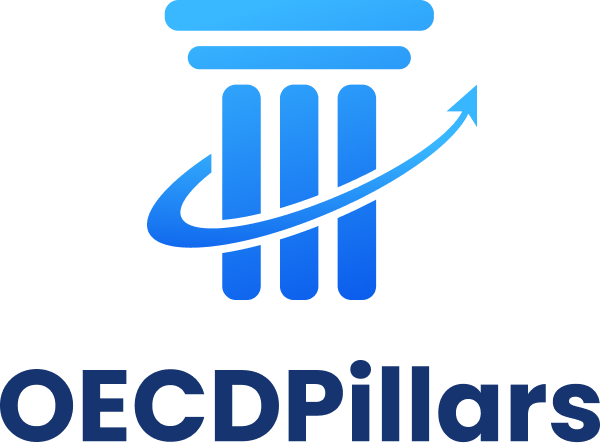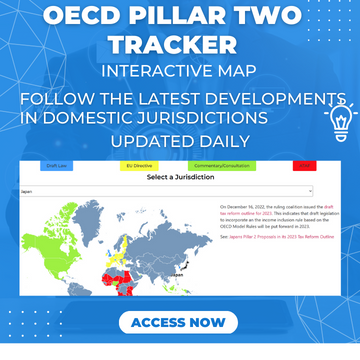Article 4.2 of the OECD Model Rules includes a number of provisions that focus on the underlying character of the tax, irrespective of what it is called and the time it is levied.
A covered tax is defined as:
1. Any tax recorded in the financial accounts of a constituent entity that is levied on its income or profits. This is the standard treatment that will apply to catch most standard taxes on income such as corporate income taxes but also applies to taxes levied on a subsequent distribution of profits.
This is extended to also include taxes in the financial accounts that relate to a share of income or profits in which it has an ownership interest. This will include taxes under a Controlled Foreign Company regime, as well as taxes levied on undistributed profits of a transparent entity such as a partnership or LLP.
Note that CFC taxes are ‘pushed down’ to the CFC company. For more information, see Allocation of Taxes.
A tax on gross income (such as a digital service tax) would not meet this definition.
Note that, any tax under Pillar 1 of the OECD proposals would also be treated as a covered tax under this definition.
2. Taxes on distributed profits imposed under an Eligible Distribution Tax System.
This includes tax regimes that don’t levy a tax on income but rather tax distributions when made, or deemed to be made, by a company. It also includes taxes on non-business expenses levied on these companies.
Specific rules are required for these tax systems, as otherwise there would be very little tax reflected in years when there is no taxable distribution (and therefore the Pillar Two GloBE ETR would be likely to be very low leading to substantial top-up tax), and when there is a taxable distribution, the income used in the ETR would bear no resemblance to the actual taxable income used to determine the tax paid.
For more information on eligible distribution systems and investment funds, see investment funds.
3. Taxes that are imposed ‘in lieu’ of a generally applicable corporate income tax.
This is a potentially wide definition and includes withholding taxes (including any taxes levied under the subject-to-tax rule) and certain gross taxes where they are a substitute for a corporate income tax. Note that whilst gross-based taxes wouldn’t be covered taxes under (1) above, they could be under this definition if they are imposed instead of a corporate income tax.
Other taxes that could be covered by the ‘in lieu’ concept includes taxes imposed on a basis other than net income (ie taxes levied on an alternative base), providing they are not imposed in addition to a corporate income tax.
4. Taxes levied by reference to retained earnings and corporate equity.
This includes taxes levied on the net equity of a company. In addition, where a tax is levied partly on income and party on net equity it is treated as a covered tax if the tax is predominantly levied on income and it would be impractical to split the elements out eg Saudi Arabia’s Zakat.
Therefore, the definition of covered taxes is significantly wider than just corporate income taxes.
However, a number of taxes will clearly fall outside the definition. This includes:
• VAT and consumption taxes
• Excise taxes
• Digital service taxes (given they are not imposed on income and are not levied ‘in lieu’ of a corporate income tax)
• Stamp duty
• Property taxes
• Top-up tax levied under the Pillar Two GloBE rules
• A Qualifying Domestic Minimum Top-Up Tax (whether levied under the income inclusion or under-taxed payments rule)
• Disqualified Refundable Imputation Taxes (these are generally taxes that are refundable on the distribution of a dividend or creditable against other taxes)
• Taxes incurred by an insurance company that relate to returns to a policyholder
Note that whilst a Qualifying Domestic Minimum Top-Up Tax would not be a covered tax, a Non-Qualifying Domestic Minimum Top-Up Tax would be.
This can have a substantial impact under the GloBE rules. See our member’s article:














